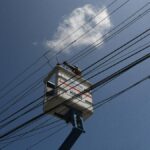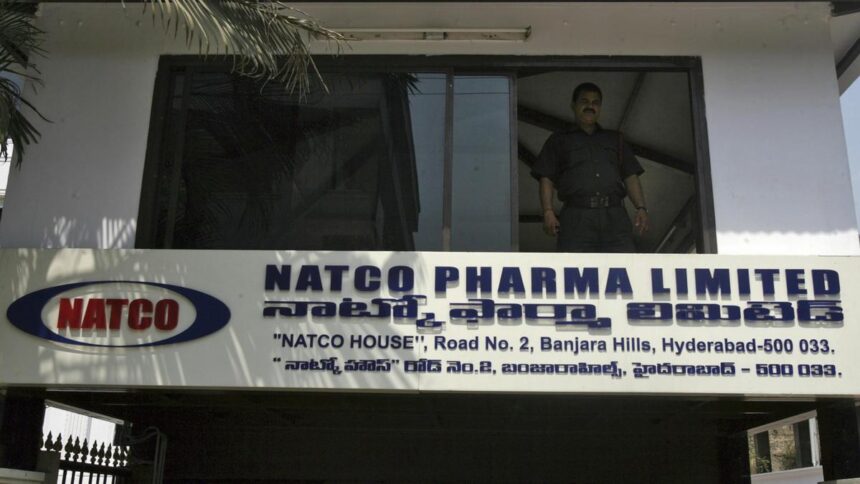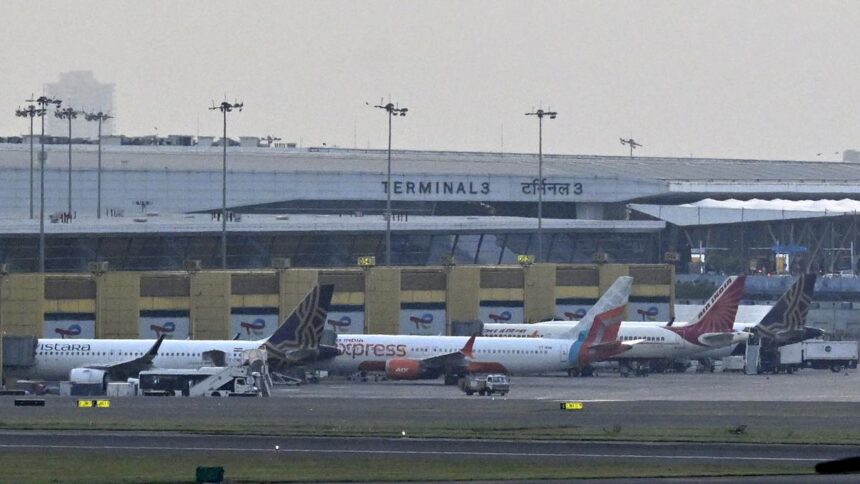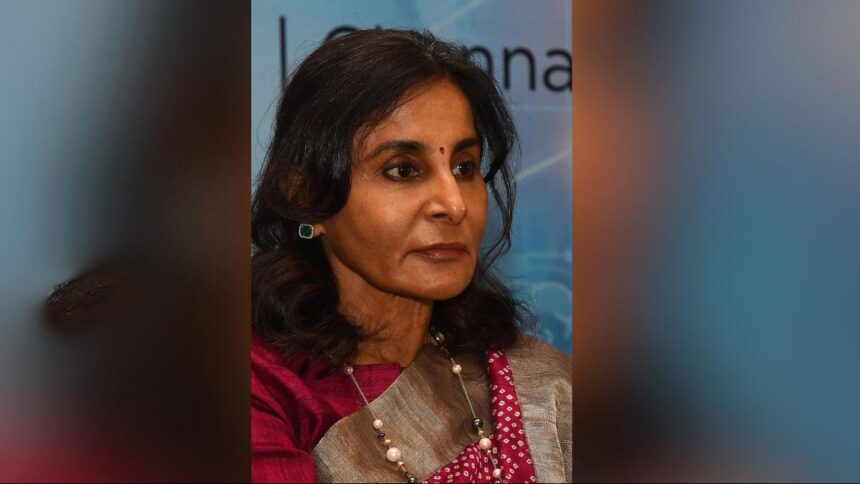The story so far: In a note published on July 14, 2025, the Ministry of Environment, Forest and Climate Change (MoEFCC) defended its decision to reverse a 2015 mandate that required coal-powered thermal power plants to install scrubbers that neutralised their sulphur dioxide emissions during combustion. Refuting criticism that the revision of norms for installing flue gas desulphurisation (FGD) scrubbers being a roll back of environmental safeguards, the ministry held the decision entailed a “rational, evidence-based recalibration anchored in current ambient air quality data, sectoral emission trends and broader sustainability imperatives”.
What is the latest FGD revision all about?
At the centre of the contestation is the ministry’s assertion that the economics of installing FGD units do not correspond to a substantial improvement in particulate matter concentration in cities where they are operating.
Coal powers 74% of India’s power generation. Among the other particulate matter and oxides of nitrogen released during its combustion, sulphur dioxide is a major pollutant. The Central Pollution Control Board (CPCB) in its FGD guidelines published February 2023 pointed out that 95% of the sulphur present in the coal gets converted and released as sulphur dioxide gas. This is the paradigm that the scrubbers try to address. They were made mandatory in 2015.
The latest set of directives notified on July 11 seek to relax these provisions.
The more important of the provisions hold that thermal power plants slated to retire before the end of 2030 would not have to adhere to the emission control directives. They would have to submit an undertaking to the CPCB and the Central Electricity Authority (CEA) attesting the same.
Additionally, the directive mandate that plants, located within ten kilometres of the National Capital Region (NCR) and other cities with populations exceeding one million, would have time till December 2027 to comply with emission standards. Furthermore, thermal power plants located within ten kilometres of identified critically polluted areas, whether existing or upcoming, would be decided on a case-by-case basis based on the recommendations of an Expert Appraisal Committee. They would have time till the end of 2028 to comply with the norms.
The more important of these revisions concern plants that do not fall in the above categories, in other words, thermal plants located outside the polluted clusters and cities. The latest revisions hold they need not comply with the emission norms provided the chimneys are located at the mandated height. Being at a certain height ensures that there is no entrapment of residue in the cavity or a deflection of air flow downwards – ensuring a smoother disposal and reduced scope for accumulating pollutants.
What are the concerns about pollution?
However, advocacy group Centre for Research on Energy and Clean Air (CREA) refutes the assertion as “highly misleading”. It argues that air quality monitoring stations do not capture “the real impact of power plant pollution”. CREA explains that the immobile stations cannot capture the directional flow of the pollutants or gauge its source. Additionally, it cannot account for chemical reactions that convert sulphur dioxide into other pollutants such as PM 2.5.
“It is important to note that sulphur oxide emission norms and the requirement to install FGDs are based on stack (vertical structures to disperse smoke and waste gases) emissions, not on ambient SO₂ levels,” it adds.
G. Sunderrajan, coordinator of the environmental advocacy non-profit, Poovulagin Nanbargal described NEERI’s study as “worrying”. Speaking to The Hindu, he said, “Then it could be because FGDs are either not working or are not running properly,” adding, “If it is not bringing down the air pollution, then there could be other sources that emit more sulphur dioxide in the vicinity of those plants.”
Albeit unrelated, the Environment Ministry’s note, specifically on the potential for emissions, stipulated that Indian coal contains “very low” (less than 0.5%) sulphur content compared with imported coal, which has more than 2% sulphur content. Thus, the ministry argues, the lower sulphur content combined with India’s tropical climate ensure sulphur dioxide concentrations are “a fraction” of the permitted standards.
NEERI’s report also apprehended that installing FGD potentially meant substituting reduction in sulphur dioxide emissions with an increase in the carbon footprint of power production. This was based on FGDs relying on an increased use of power for operating and installing. Utilising emissions data, NEERI analysed that operating FGDs increases carbon dioxide emission by an additional 1,225 tonnes per day or 2% of the overall emissions. Refuting this, CREA say, “The irony lies in the fact that while this marginal carbon dioxide increased by FGD is being criticised, plans to build an additional 80-100 GW of coal capacity, which would result in far greater emissions are not questioned with the same urgency.”
Mr. Sunderrajan sought an independent third-party study saying, “NEERI is funded by the Government of India. Thus, its report must be taken with a pinch of salt.”
The environmentalist specifically pointed to NEERI’s green light to Vedanta’s Sterlite Copper smelter unit in Tamil Nadu’s Thoothukudi in 1999. The Madras High Court had ordered the closure of the plant over environmental concerns in 1998 based on an initial NEERI report. A subsequent study by NEERI in 1999, “gave Sterlite a clean chit,” Mr. Sunderrajan said. Analysing NEERI’s reports, the Tamil Nadu National Law University points to activist Dharmesh Shah’s right to information (RTI) query that revealed Sterlite had funded ten NEERI studies to the tune of ₹1.27 crores between 1999 and 2007. This included two environmental impact assessment reports as well, the analysis noted.
Why is FGD technology being referred to as economically unviable?
The other major challenge to the uptick of FGD technology in India relates to there being limited vendors bearing limited capacity to supply and install FGD components with the technology being new to the country. Shripad Naik, Minister of State for Power, had enumerated to the parliament this February that vendor’s capacity for FGD installation in the country stood at about 16-20 GW per annum. This could cater to about 33 to 39 units. Additionally, the time to install could take anywhere between 36 to 40 months further contribute to a “mismatch” between demand and supply. This culminates in escalating costs and delays, he had said.
Mr. Naik’s response also stated that India harboured capability to manufacture 70% of FGD components which has subsequently increased to 80%. Irrespective, the paradigm is highly dependent on imported technology, critical equipment and skilled manpower from other countries. He also said standardisation is difficult to attain considering different sites have different requirements relating to space constraints, lay-out, orientation etc.
The July 11 gazette notification also held the ministry had received many representations that highlighted apprehensions about techno-economic feasibility, negative impact of the coronavirus pandemic on supply chain and a resulting higher electricity tariff for the final consumer, among other things.
The MoS Power had mentioned in February that 537 thermal power plants, with a combined capacity to produce 204.16 GW, were identified to install FGDs. Of these, 49 units had completed the installation (combined capacity of 25,590 MW), 211 units (91,890 MW) had awarded the contracts and/or were under varied stages of implementation, 180 units (58,997 MW) had issued tenders, and 97 units (27,693 MW) were in the pre-tendering process. MoEFCC’s rough estimates from Monday suggest nationwide retrofitting of India’s coal-based capacity is projected to cost more than ₹2.54 lakh crore in capital expenditures. This translates to about ₹1.2 crore per megawatt of installed capacity. Thus, when combined with apprehensions about marginal effectivity in reducing emissions, the paradigm falls short on drawing enthusiasm.
What does it mean for businesses and consumers?
Mohommad Saif, Partner for Strategy and Transactions at EY India told The Hindu that the directive cannot be looked as a blanket benefit for all thermal plants. He explained the directive would hold “some benefit” for plants slated to retire before the end of 2030 for they may not be required to manage their emissions. Furthermore, the EY India partner observed that it was not clear at present as to what type of plants may get exemption from installing cooling towers (used to extract heat before waste is released into the atmosphere). He underlined those exempted would certainly come across cost benefits.
From the perspective of a consumer, Mr. Saif held that the potential impact on the prices of electricity may be “very limited”. He said this was because the directive would impact “only a limited proportion of the existing plants”. Additionally, there being limited upcoming thermal plant capacities which may benefit from cooling tower exemption.
-With inputs from Kunal Shankar





















